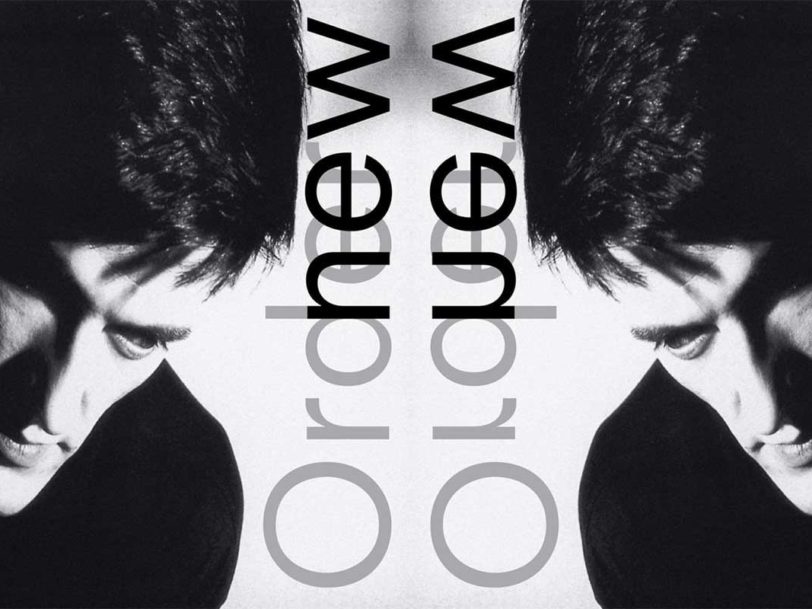New Order’s pivotal second album, Power, Corruption & Lies, saw the band integrate synths and sequencers into their angular post-punk sound, emerging with something uniquely theirs. Garnering widespread acclaim, the record went silver and cemented the Manchester quartet’s hip cachet, yet they would burrow deeper into the mainstream with their sublime third album, Low-life.
Listen to Low-life here.
“A short, sharp shock to the correct place”
It’s also fair to say that Low-life was the first New Order album where Bernard Sumner and co went into the studio carrying the burden of expectation. The band (and their UK label, Factory Records) were famous for their laissez-fair attitude, but after the success of Power, Corruption & Lies and their game-changing hit Blue Monday, things began to heat up considerably in the US, where New Order signed an impressive new deal with Quincy Jones’ Warners’ offshoot Qwest.
As to what Low-life would sound like, New Order’s post-Power, Corruption & Lies singles, including the Arthur Baker-helmed Confusion and the lush synth-pop of Thieves Like Us, strongly hinted that electronica would again be a significant strand of the record’s DNA. Indeed, the band had recently upgraded their sonic armoury, with a newly-acquired Voyetra 8 replacing Gillian Gilbert’s previous Quadra synthesiser. They also continued to prioritise their Emulator sampler, even if it could be notoriously temperamental.




